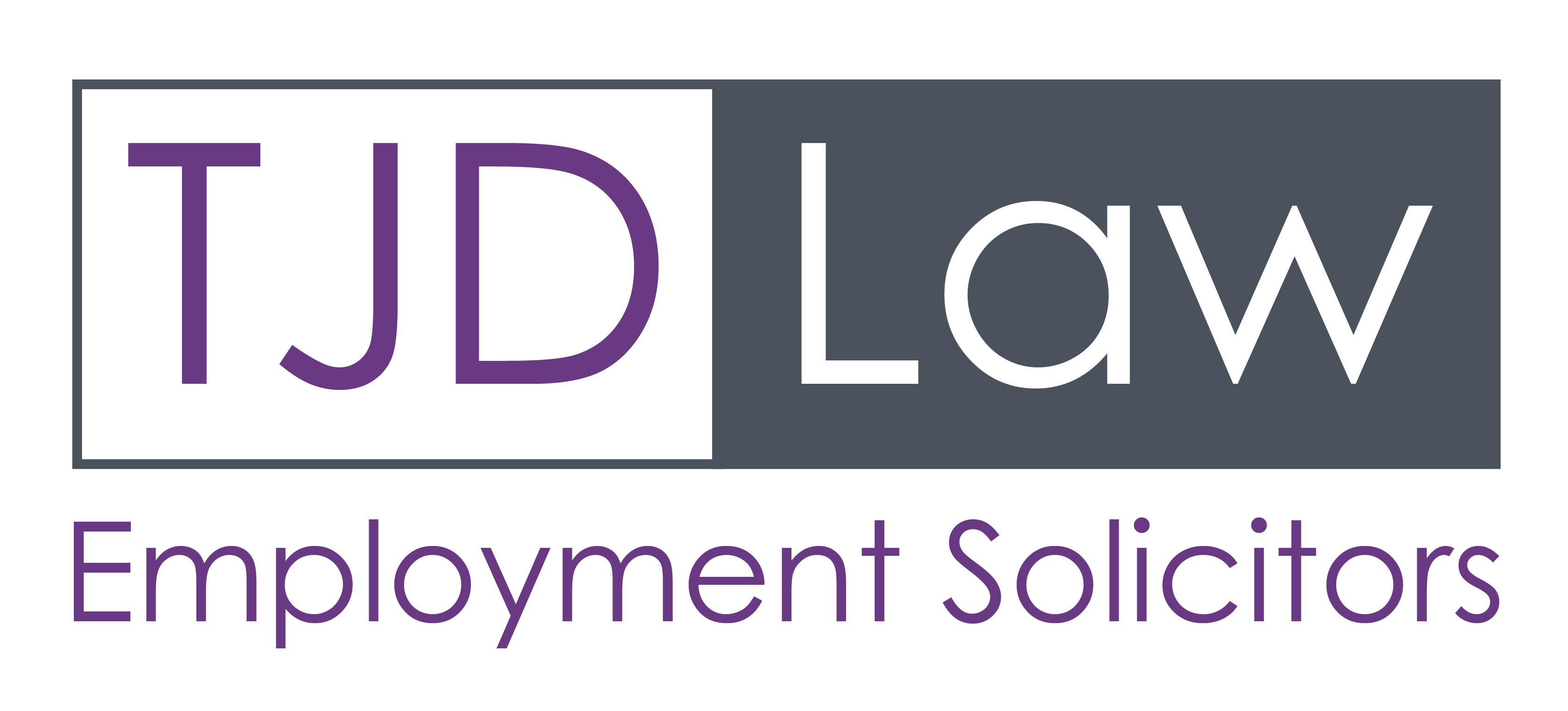Focus on…. Sexual Harassment
This week we report on two significant developments in the law relating to sexual harassment.
The first is the Worker Protection (Amendment of Equality Act 2010) Act 2023, which comes into force imminently on 26 October 2024. It introduces a new proactive duty, requiring employers to take reasonable steps* to prevent sexual harassment in the workplace.
(*Under the new Employment Rights Bill, this will eventually change to “all reasonable steps” – a subtle but important distinction that will set the bar slightly higher).
Although the Act does not create a new form of employee claim – the duty can only be enforced by the Equality and Human Rights Commission (EHRC) – Employment Tribunals will be given the power to uplift compensation awards by up to 25% where a claim for sexual harassment is successful and the employer has failed to comply with the duty.
So what do reasonable steps look like?
Well if you want to do a deep dive, the EHRC has published some detailed technical guidance with worked examples, available here
For a slightly lighter read, they have also published a more user-friendly 8-step guide to preventing sexual harassment at work, available here
For an even lighter read, as a bare minimum you should be taking action to:
1.Implement clear policies to help identify, address and prevent harassment;
2. Undertake a risk assessment to identify potential areas where sexual harassment is more likely. (E.g. Where are the power imbalances? Do staff ever work alone or at night? Do staff attend external events, conferences or training? Is there alcohol involved? Do staff socialise outside of work or on social media? Is there a culture of sexist ‘banter’ at work?);
3. Provide regular training to staff on recognising, reporting, and preventing harassment;
4. Establish effective reporting mechanisms for employees to raise concerns; and
5. Enforce appropriate sanctions when harassment is found to have taken place.
The second development is a little a further off, and arises from the new Employment Rights Bill published earlier this month (which, following further consultation, is not predicted to come into force until 2026). In contrast to the legislation above, this does create a new legal right enforceable directly by employees, and will arise where they have been subject to harassment (on grounds of any of the recognised protected characteristics) by a third party in the course of their employment. For example, by a customer, supplier or sales agent.
It will have, however, be a defence for an employer to show that it took all reasonable steps to prevent the third party harassment. So here’s the good news. If you’ve already taken steps to comply your duty to eliminate sexual harassment in the workplace, there’s a good chance that you will have already put in place the main building blocks to provide a defence to a claim for third-party harassment. You just need to ensure that the other protected characteristics are equally protected.

